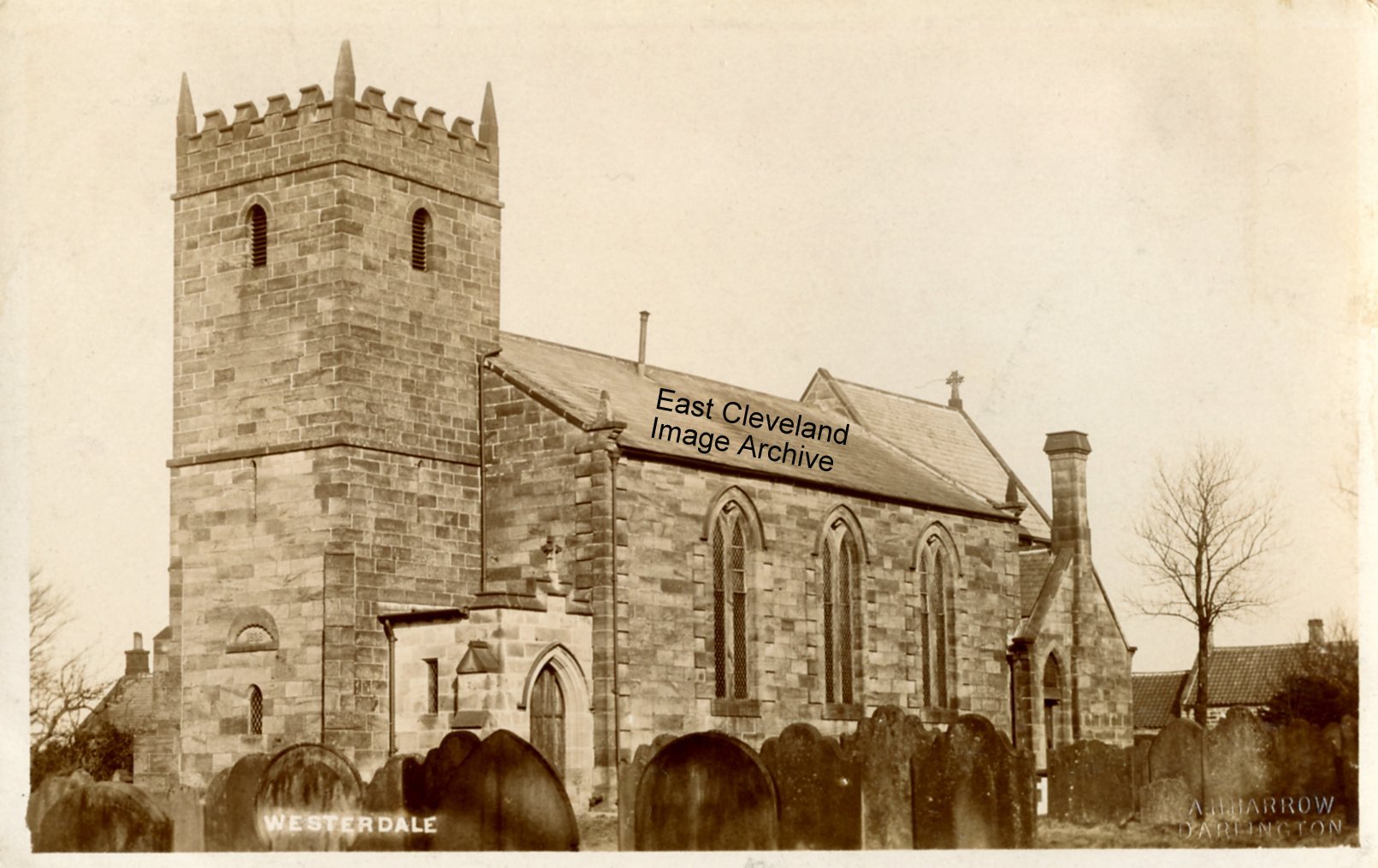
This A. Harrow of Darlington of Christ Church, Westerdale which was built in 1838 (the date is on the west tower); with alterations later in the century.
Image courtesy of Tina Dowey.
|
|
||
|
This A. Harrow of Darlington of Christ Church, Westerdale which was built in 1838 (the date is on the west tower); with alterations later in the century. Image courtesy of Tina Dowey. 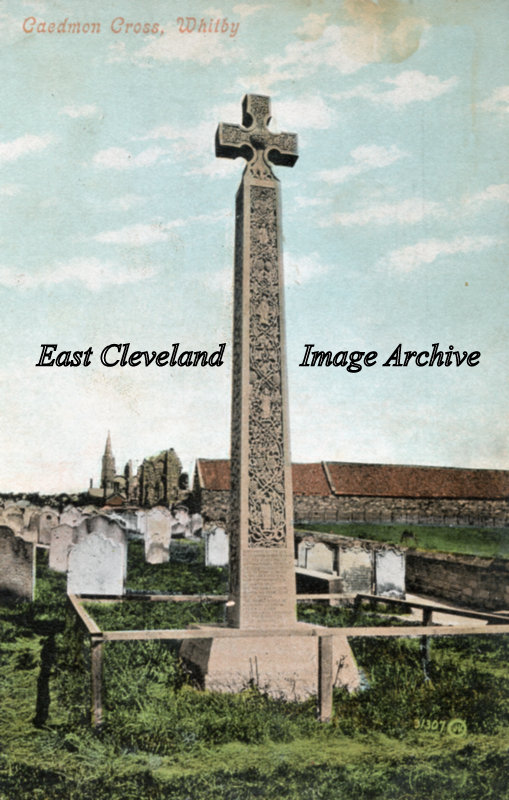 A postcard view of the monument erected to honour the first English poet ”Caedmon”, a servant in ”Hild’s” (611-680AD) double monastery at Streonshalh (Whitby). Caedmon’s story is narrated by the Venerable Bede in the Ecclesiastical History of the English People. Image courtesy of Tina Dowey. 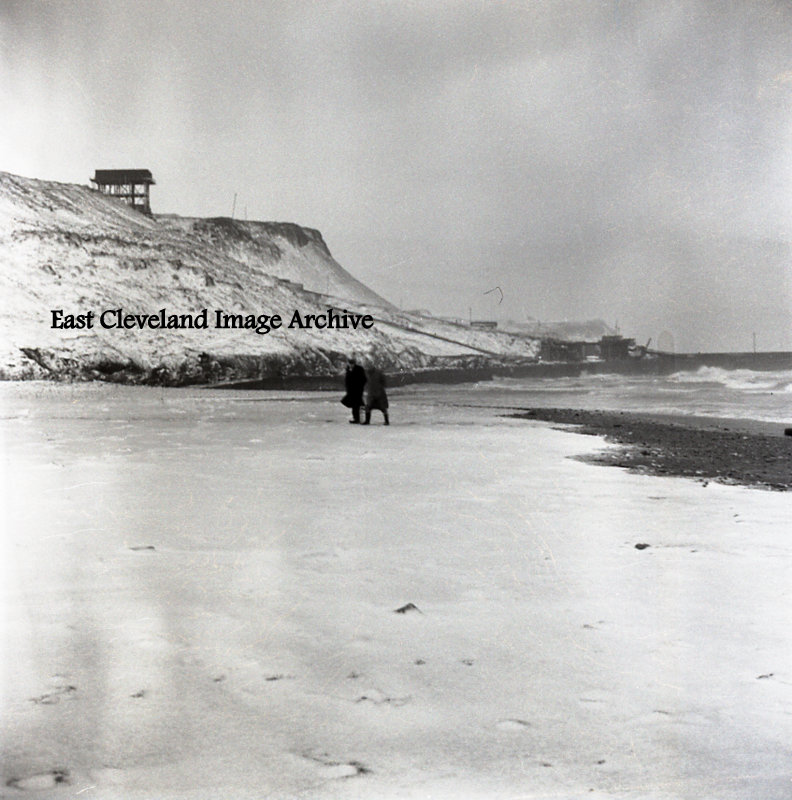 A snow covered beach at Skinningrove in the 1960s. Image courtesy of Ken Loughran. 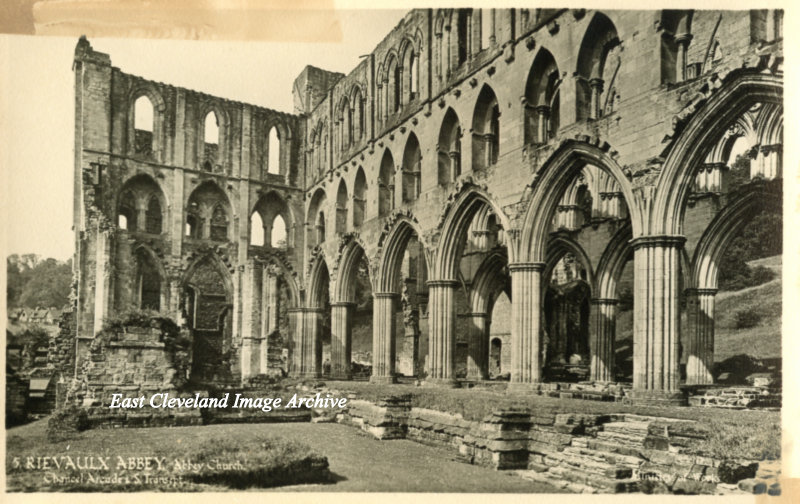 Somewhat outside our area, but a fine postcard view giving some idea of the size of the Cistercian Abbey at Rievaulx, in Ryedale. Founded in 1131 by Walter L’ Espec. During the rule of Abbot Aelred; Rievaulx housed 140 choir monks and 600 lay brothers. The Abbey was dissolved by Henry VIIIth in 1538. Image courtesy of Tina Dowey. 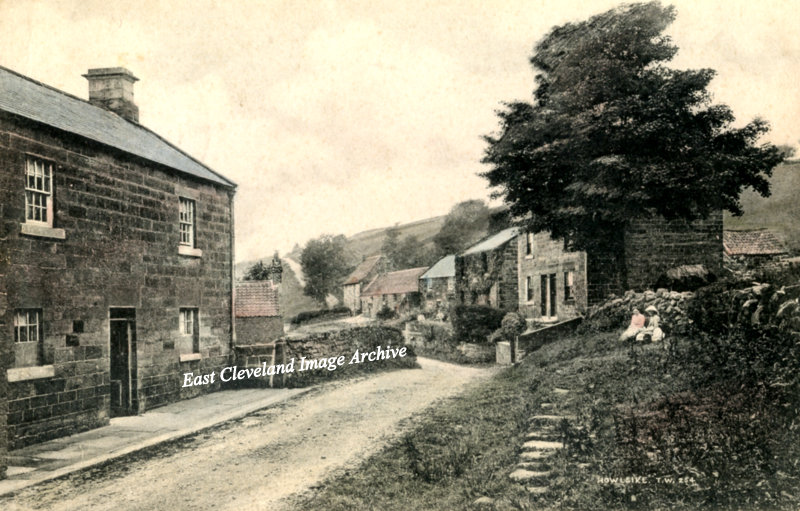 The hamlet of Houlsyke in the Esk Valley, between Danby and Lealholm, pictured from a Phoenix postcard; the village was once a centre for the salting and curing of bacon for the Esk Valley. It was shipped from Whitby for the London market. A large trade was also done in wool fleeces; trading was conducted in ”The Fat Ox” public house, long since closed. Amy Nightingale remembers: “We used to stay at what is now called Ivy cottage, 30 years ago. We used to cross over the road and help the farmer bottle the fresh milk and gel deliver it. Called in today for the first time but there is no farm. Am I correct that a dam was in the centre?” Whilst Laurence Taylor advises: “We used to live in Daleside (a black and white bungalow next to the Methodist Church) 20 years ago. Our friends across the road ran a farm which closed but they still live in Houlsyke. We are going back for a week this year to visit them.” Image courtesy of Tina Dowey, thanks to Amy Nightingale and Laurence Taylor for the updates. 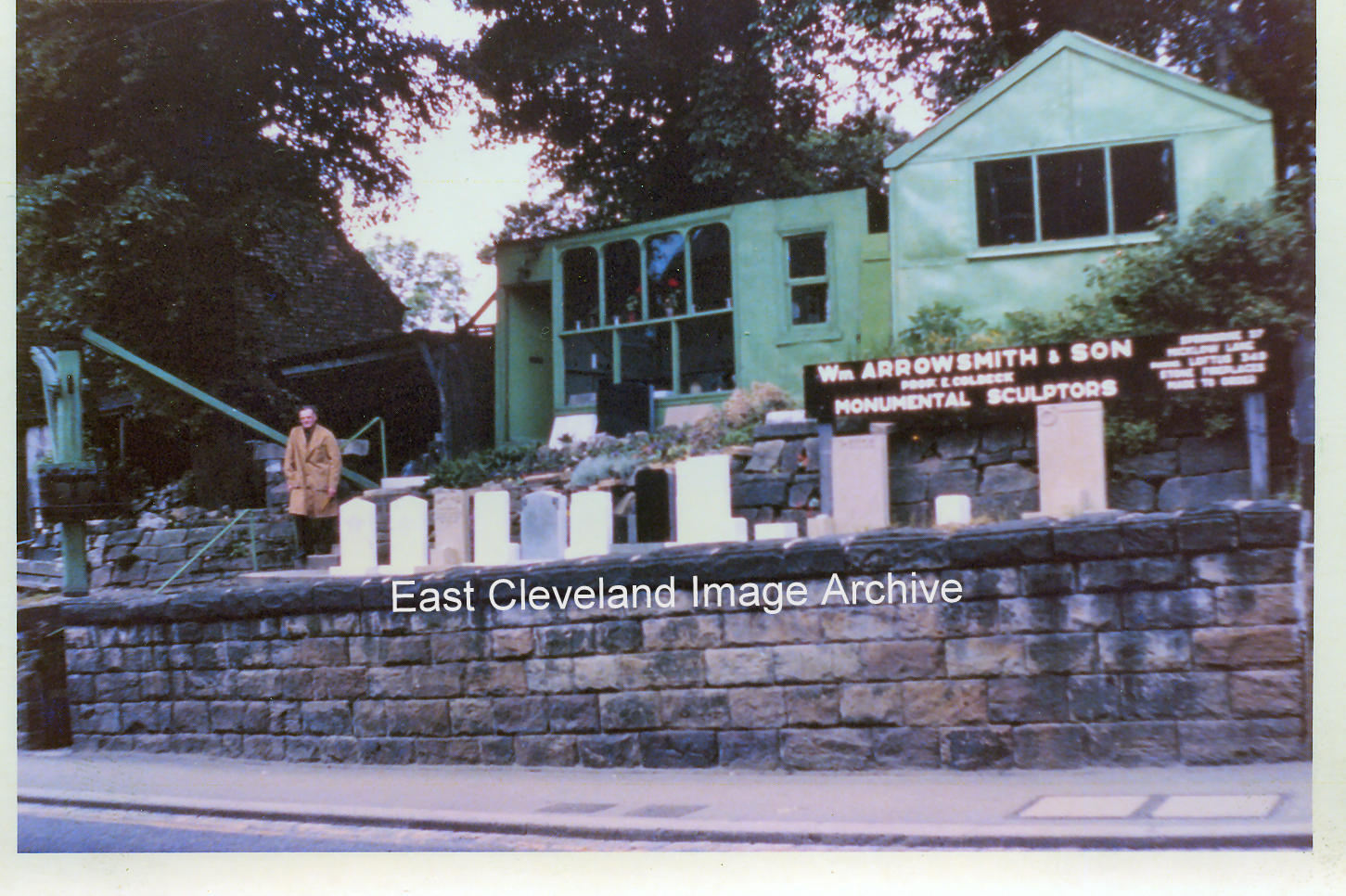 This view of Arrowsmiths yard taken in 1971 shows Edgar Colbeck, he became proprietor in 1968 after working for John Arrowsmith (son of William) for several years. 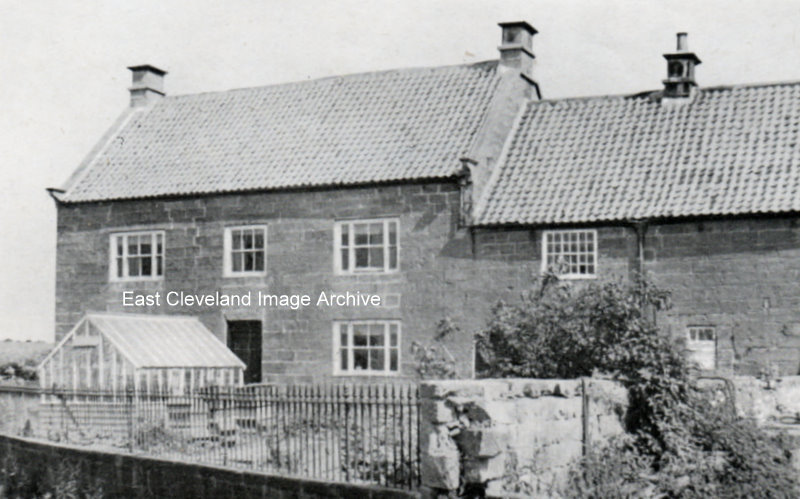 Or Red House Farm, 150 acres situated at the side of Whitby Road quite close to Staithes at the junction of Cowbar Lane. Described as having 5 bedrooms, 2 attics, bathroom, 2 sitting rooms, kitchen with range, scullery with sink, pantry, wash house with copper. Water from the three crosses well supply. Rent on Ladyday tenancy £137-13s-0p per annum. Estate makes an allowance off the rent of this farm for aerial standards (at one time used by Boulby Mine) which crossed the land. Not all the mod. cons of today, but all you would expect in 1946 when this farm was for sale in the dispersal sale catalogue for the Grinkle estate. Image courtesy of Mrs Lilian Waton. 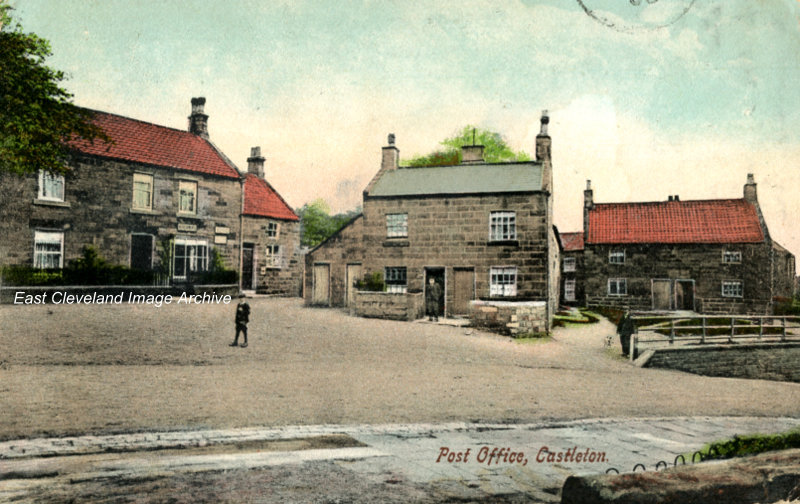 A tinted postcard, of the Post Office in the village of Castleton in the Esk valley, early in the 1900’s. Image courtesy of Tina Dowey. 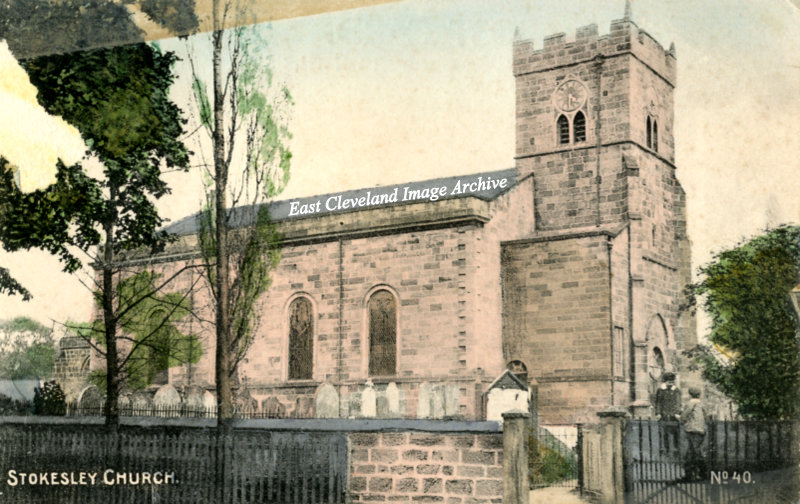 The Church of St Peter and St Paul, Stokesley; as it appeared in about 1900. The tower and chancel are of perpendicular era and the nave was rebuilt in 1771, note the two boys climbing the railings round the churchyard. Postcard courtesy of Tina Dowey. 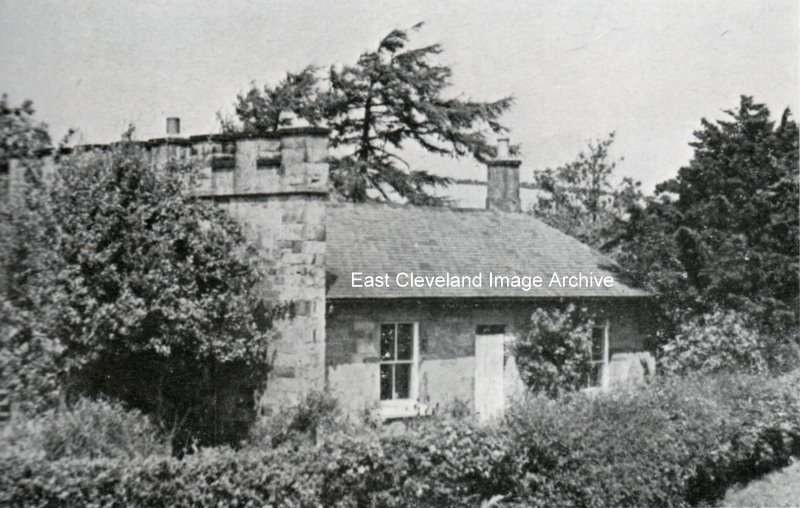 Or Angel Cottage, lot 62 in the catalogue. Described in the sale catalogue as having one double and one single bedroom, kitchen with range and cupboard, back kitchen with sink and cupboard, pantry, coal shed etc. Water from spring in woodland at rear. Built of stone with slate roof, the south wall is of great thickness and has a castellated parapet giving the appearance of 8 chimney’s. Rent was £13 per annum. The image was taken from Grinkle Park Estate sale in 1946. Image from the catalogue courtesy of Mrs Lilian Waton. |
||
Recent Comments